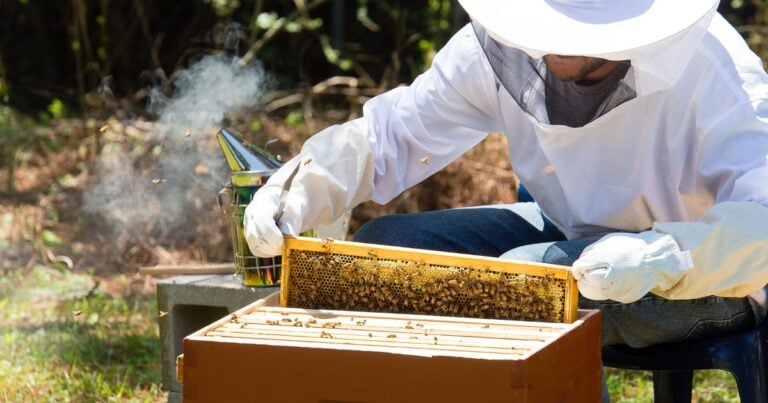The Microbats and the Bees
The Microbats and the Bees Let’s take a little diversion for a minute, not to chat about the birds and the bees, but instead the…
The Microbats and the Bees
Let’s take a little diversion for a minute, not to chat about the birds and the bees, but instead the bats and the bees! As we know, bees are the godsend of insects, pollinating 70% of the crops we rely on for food. However, it’s the bats that are helping to keep away those pesky insects causing damage to our agricultural crops and biting us at summer BBQs!
Many of us have experienced that iconic summer evening where mass flights of bats leave their home for another some kilometres away. Or perhaps standing beneath a huge fig tree with bats chattering upside-down and chewing on fruit in the branches. And even though bats are associated with haunted houses and horror films– and are carriers of Lyssavirus– the rush of their flapping leathery wings is probably more mesmerising that frightening to most of us.
Australia is home to around 90 species of bat. Different species live in different states and vary in size. The first type are megabats, most usually called flying foxes, that have a wingspan of up to 1 metre. They feed on fruit, blossoms and nectar, and have well developed eyes and a strong sense of smell that allows them to move around and find food. They live in small social groups in trees known as a “camp” or “colony”. These are the bats we most usually associate with the mass migration that fills the skies in summer, as well as the hefty poos left on your car if you park too close to their home!
However, there is another pocket-sized variety of bat that is less conspicuous. Microbats are tiny bats around 4 cm in length with
a wingspan of just 25 cm. They feed on small insects. Unlike megabats, micros use a navigation process known as echolocation to navigate in complete darkness with some species spending their days deep within caves. Others can be found resting beneath bark on trees and in manmade structures such as houses and buildings. In Victoria, there are 21 species of microbat, although it is likely that you have missed them due to their inaudible screech, tiny size and happy-hiding abilities. Little do you know, but there may be some microbats snuggled in a nook in a tree in your own backyard.
Despite their diminutive size, microbats serve a unique purpose, eating insects that would otherwise cause havoc to crops and plants. Despite their diminutive size, these bats consume thousands of insects that cause damage to crops and annoy humans (notably, the treacherous mozzie)! Therefore, it is important we do our best to provide happy homes for Australia’s microbats, including leaving some loose bark and dead branches on trees when safe to do so, or, even better, installing microbat box homes into your yard!


